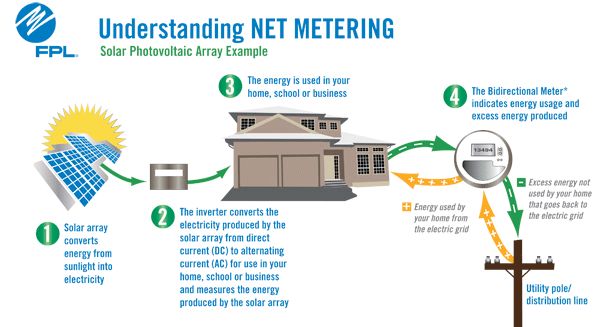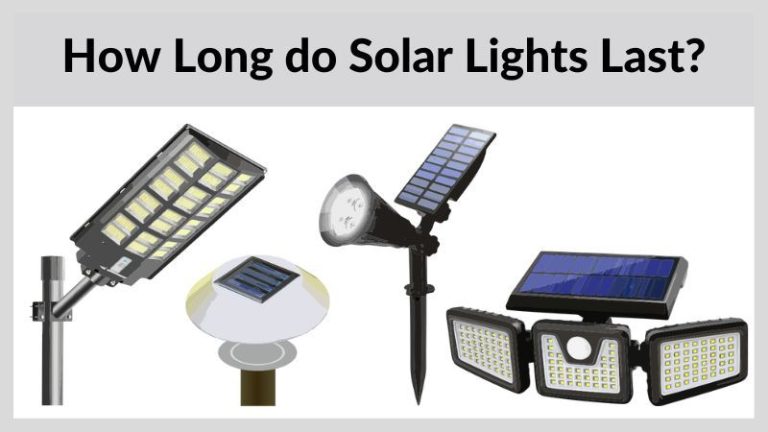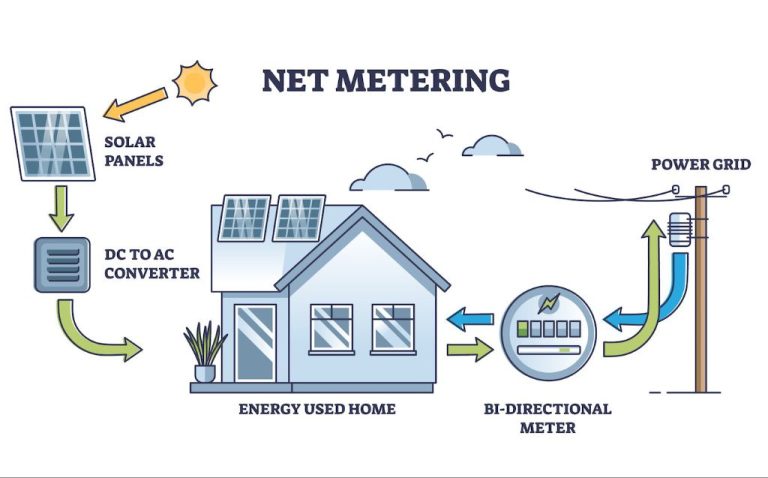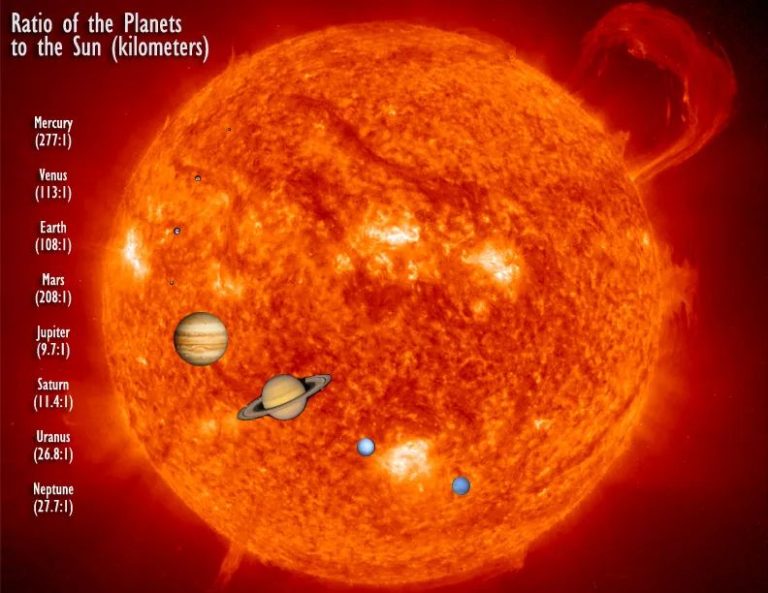How Can I Heat My House With Renewable Energy?
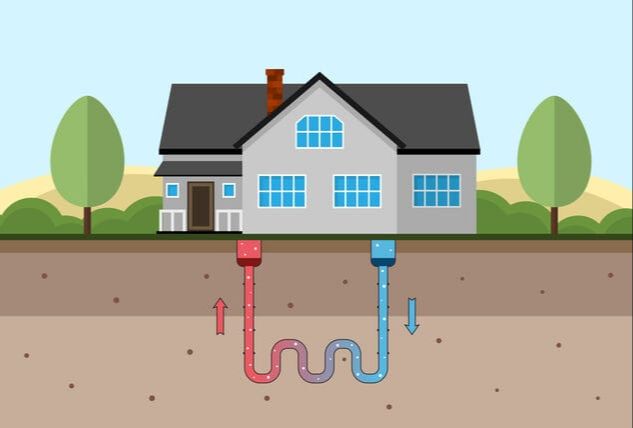
With rising energy costs and increasing awareness of fossil fuels’ environmental impact, many homeowners are looking to renewable energy sources to heat their homes. Renewable heating offers benefits like reduced emissions and long-term cost savings compared to conventional heating fuels like natural gas, oil, and propane.
The most common renewable options for home heating include:
- Solar thermal systems that capture heat from the sun
- Geothermal heat pumps that leverage underground temperatures
- Biomass systems that burn renewable organic materials
- Passive solar design that maximizes natural lighting and warmth
Transitioning to renewable heating often requires an upfront investment, but green energy incentives and long-term savings on utility bills make it financially viable. Renewable systems also increase self-sufficiency and reduce exposure to fluctuating fossil fuel prices.
This guide provides an overview of the most practical renewable heating options for homes, key benefits and considerations, and helpful resources to evaluate system types and costs.
Solar Thermal Systems
Solar thermal systems, also known as solar hot water systems, use solar collectors to absorb the sun’s thermal energy and heat water. These systems are one of the most efficient ways to utilize renewable energy for domestic water and space heating needs (IEA, 2020).
There are two main types of solar collectors used in residential applications:
- Flat plate collectors – Thin boxes with glass covers and copper absorbers that are very efficient in warmer climates (DOE).
- Evacuated tube collectors – Glass tubes with rounded absorbers that are efficient in colder climates (SEIA).
Solar thermal systems can provide up to 80% of domestic hot water needs and can also assist in space heating. They are often paired with conventional water heaters or furnaces. During warmer months or sunny days, most water heating comes from the solar thermal system. At night or when more heat is needed, the conventional system kicks in (NREL, 2004).
Geothermal Heat Pumps
Geothermal heat pumps, also known as ground source heat pumps, can provide heating and cooling by transferring heat between your home and the ground beneath it. They work by circulating water or a non-toxic antifreeze solution through pipes buried underground where the temperature is constant year-round. This fluid absorbs or releases heat as it travels through the system 1.
There are two main types of geothermal systems: closed loop and open loop. Closed loop systems circulate fluid through pipes buried vertically or horizontally underground. Open loop systems pump water from an underground aquifer directly into the heat pump 2.
Geothermal heat pump systems can cost $2,500-$5,000 per ton of capacity, with installation costs ranging from $15,000-$30,000 for the average home. However, geothermal systems save money on heating and cooling costs, providing savings of 20%-60% per year compared to conventional systems 3.
Biomass Heating
Biomass heating systems burn organic matter to produce heat. Common types of biomass fuel include wood, wood pellets, wood chips, and agricultural waste products like straw. Using biomass for heating is considered a renewable and sustainable energy source because plants and trees can be regrown over a relatively short period of time compared to fossil fuels.
The most common types of biomass heating systems for homes are wood-burning stoves and wood pellet boilers or stoves. Wood-burning stoves directly heat the space they are installed in by burning logs or wood chips. Wood pellet boilers and stoves burn compressed wood pellets to heat water that is circulated throughout the home via radiators, underfloor heating, or fan coils (greener4life.com).
Sourcing biomass fuel involves finding a reliable supplier of wood pellets, wood chips, logs, or other biomass materials. It’s important to source sustainably harvested biomass to ensure the heating system has a low environmental impact. Biomass fuel should be stored in a dry area out of the weather to maintain quality.
Passive Solar Heating
Passive solar design takes advantage of a building’s site, climate, and materials to minimize energy use. It works by allowing sunlight to heat and light spaces directly without relying on mechanical systems (Department of Energy, 20221). Proper passive solar design can provide up to 50-75% of a building’s winter heating needs in many climates (Department of Energy, 20202).
The key elements of passive solar heating are proper building orientation, window glazing, and thermal mass. Buildings should be oriented with the majority of glazing facing within 30 degrees of true south to maximize solar gain. Insulated glazing helps retain heat. Thermal mass, such as concrete floors or water tanks, absorbs and slowly releases heat to stabilize indoor temperatures (Department of Energy, 20221).
Best practices for passive solar include aligning the building’s long axis east-west, placing most glazing on the south side, using appropriate window glazing, adding thermal mass, preventing summer overheating through shading, and incorporating night insulation and ventilation (Department of Energy, 20202). Following these guidelines allows passive solar heating to provide a significant portion of a building’s heating needs.
Heat Pumps
Heat pumps can provide efficient home heating using electricity. There are two main types of heat pumps – air source heat pumps and geothermal heat pumps. Air source heat pumps work by transferring heat between the indoor and outdoor air. They have an outdoor unit that houses the compressor and heat exchanger, and an indoor air handler with a heat exchanger and blower fan. The refrigerant circulates between the indoor and outdoor units, absorbing heat from the outside air and releasing it indoors [1].
Geothermal heat pumps, also called ground source heat pumps, take advantage of relatively constant ground temperatures to provide heating and cooling. They use pipes buried underground or submerged in water to transfer heat between the building and the surrounding ground or water. Geothermal heat pumps are more efficient than air source heat pumps but also more expensive to install [2].
While heat pumps use electricity, they can be powered renewably by pairing them with solar panels or wind turbines. This allows them to provide low-carbon heating powered by renewable energy from the sun or wind.
Wood Stoves
Wood stoves can provide an efficient and renewable way to heat your home using wood as fuel. There are different types of wood stoves to consider:
- Traditional wood stoves are simple in design but not very efficient, with lower emissions standards.
- EPA certified wood stoves meet stricter emissions standards for particulate matter. Models include catalytic and non-catalytic stoves with advanced combustion engineering for cleaner burning.
- Pellet stoves burn compressed wood or biomass pellets and can be highly automated with thermostat controls.
It’s important to source wood sustainably, such as using fallen branches or buying firewood from suppliers using sustainable forestry practices. According to the Guardian, even “eco” wood stoves can still produce significant pollution, so opting for the cleanest models is advised.
New efficient wood stove models on the market include gasifier designs that burn wood in two stages, reducing emissions. Catalytic stoves with honeycomb combustors also help burn smoke and particulates for cleaner operation. Adding advanced automatic controls can help run the stove more efficiently as well.
Solar Air Heating
Solar air collectors work by absorbing heat from the sun and transferring it to air. The air passes through the collector, either actively with fans or passively, and gets heated as it flows over the absorber surface. The heated air can then be used to warm a home or building.
Active solar air systems use electric fans to force air through the collectors, while passive systems rely solely on natural convection to move the air. Active systems are more complex but can collect more heat as they have greater control over airflow. Passive systems are simpler and have no mechanical parts but their heating capacity is lower.
According to a study by Paraschiv (2020), solar air heating feasibility depends greatly on local climate conditions. The maximum efficiency is achieved in sunny climates. Simple solar air heaters can provide around 50% of a home’s heating needs in suitable locations, making them a cost-effective renewable heating option [1].
Financial Incentives
There are several financial incentives available from federal, state, and local governments as well as energy utilities to help homeowners afford the upfront costs of switching to renewable energy for home heating. Taking advantage of these can significantly reduce payback periods.
The federal government offers a 26% tax credit for installing qualified residential renewable energy equipment including solar thermal collectors, photovoltaic systems, stoves that burn biomass fuel, and heat pumps through 2032 [1]. Many state and local governments also offer additional rebates and tax credits that can be combined with the federal credit to maximize savings [2].
Contact your local energy utility to ask about any renewable energy incentive programs they offer. Many utilities provide rebates for purchasing and installing qualifying equipment. They may also offer special rates for customers who generate their own renewable power.
Taking advantage of all available incentives and tax credits can significantly reduce the payback period for renewable heating systems. For example, a homeowner installing a $10,000 geothermal heat pump system may qualify for a $2,600 federal tax credit plus an additional $1,000 rebate from their utility. This cuts the effective after-incentive cost down to $6,400, for a payback period of 5-7 years depending on energy savings.
Conclusion
In summary, there are several renewable energy options for heating your home including solar thermal systems, geothermal heat pumps, biomass heating, passive solar design, heat pumps, wood stoves, and solar air heating. Each option has its own benefits and considerations. Geothermal heat pumps, for example, can provide heating and cooling very efficiently but require excavation to install underground loops. Passive solar design incorporates large south-facing windows to let sunlight heat your home naturally.
To get started with renewable home heating, first consider your climate, budget, and goals. Research federal, state, and local incentives that can help offset costs. If you are building a new home, designing solar thermal, geothermal, or passive solar into the plans from the start is recommended. For existing homes, heat pumps and high efficiency wood stoves are good options. Work with qualified installers and compare multiple bids.
Transitioning to renewable energy sources for home heating provides important benefits for your home and the environment. Renewable heating systems can offset electricity and fossil fuel usage, save money in the long run, increase home energy independence, and reduce your carbon footprint. As renewable technologies advance and costs decrease, sustainable home heating continues to be a wise investment for the future.


